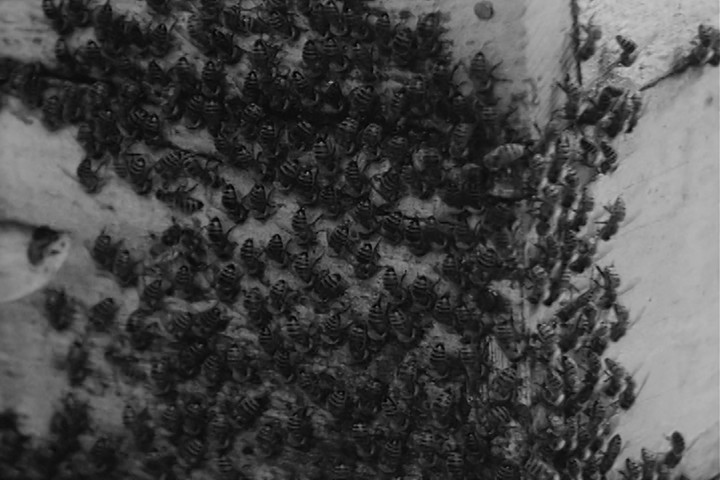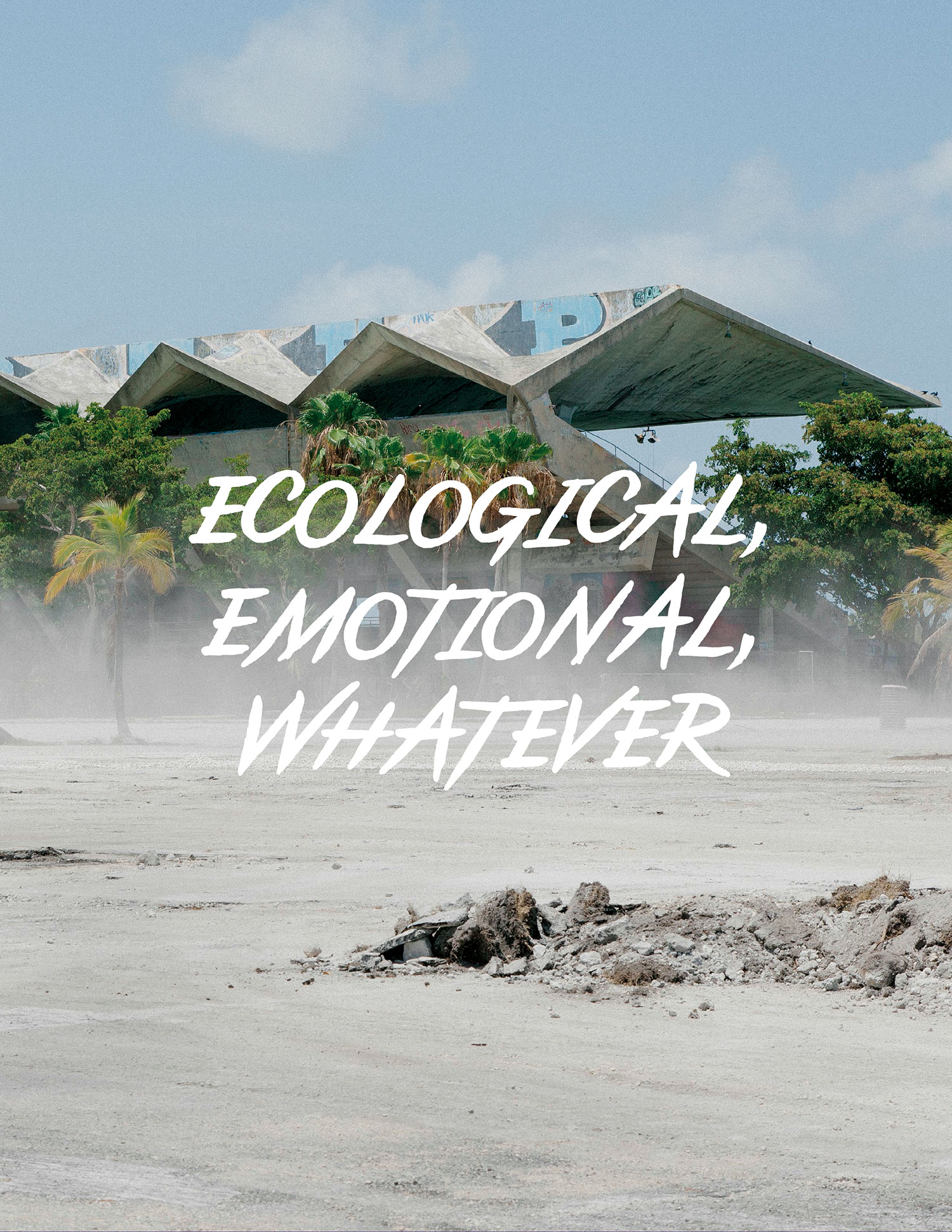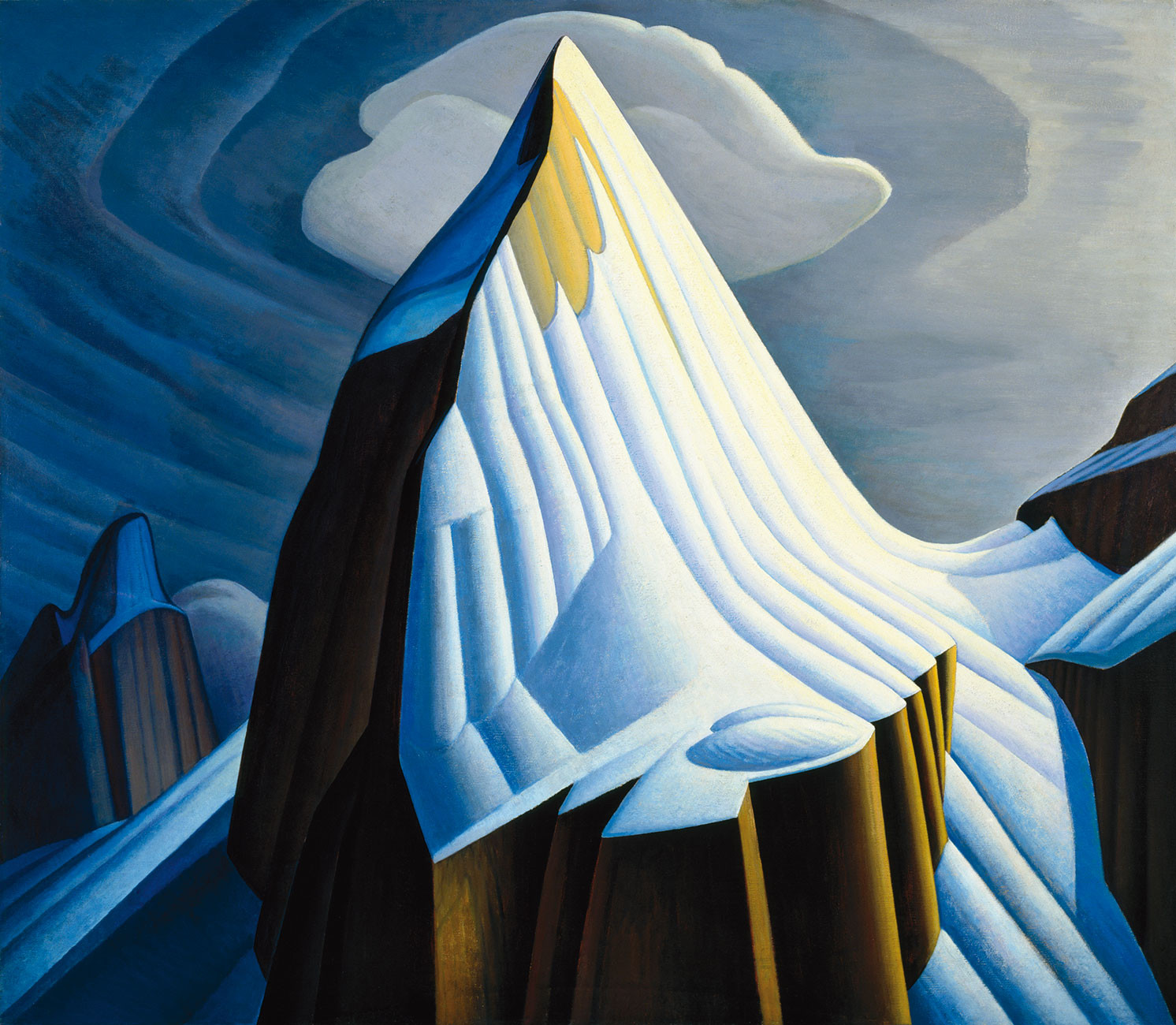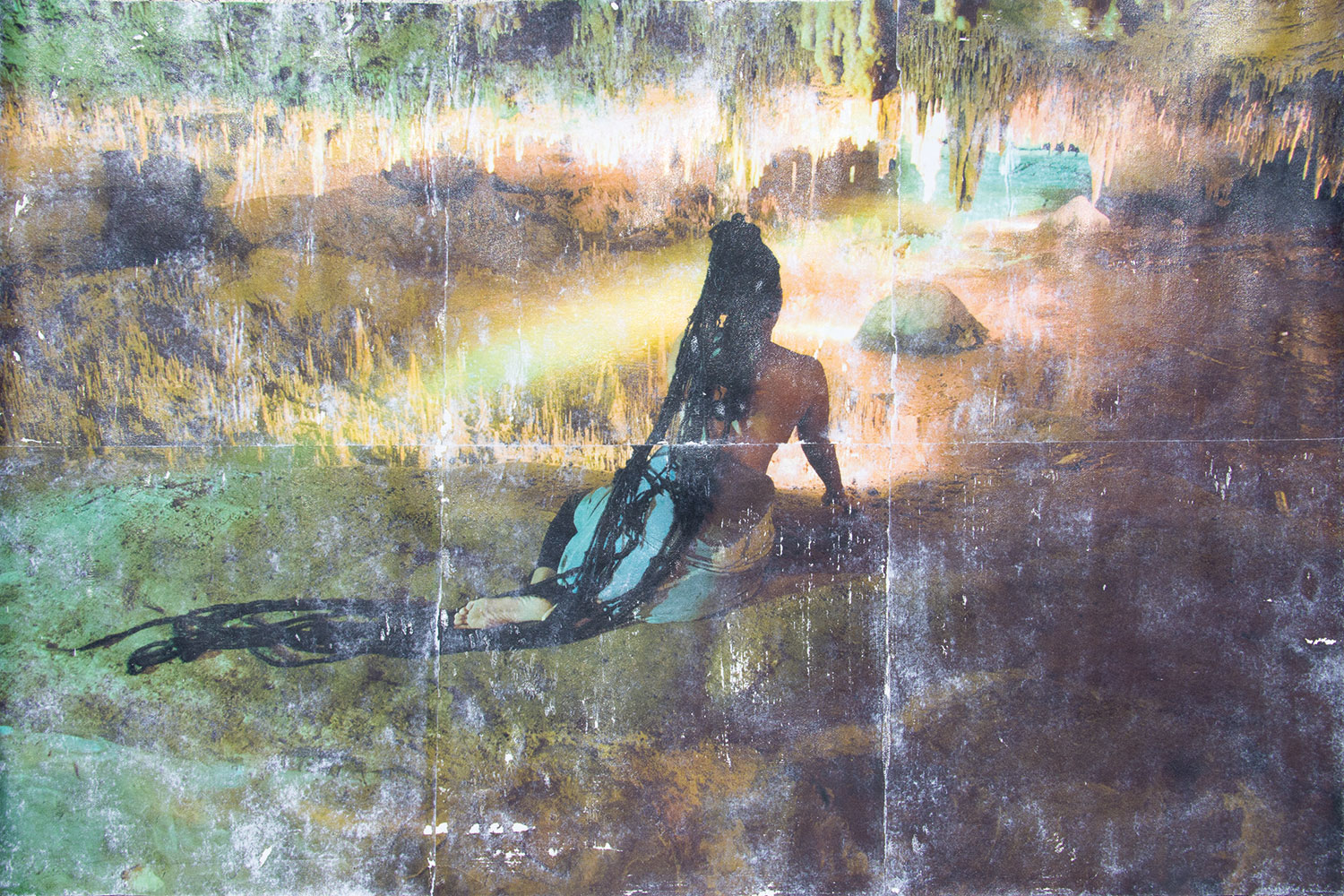
Contributive Farming
The Old Field Farm rises on the northern slopes of the Catskills, in Greene County, New York, approximately thirty miles away from the Hudson River and the city of Hudson. The farm was established by British-born naturalized New Yorker Peter Nadin (b. 1954), who in 1987 purchased a farmhouse built at the end of the eighteenth century by a Connecticut migrant, whose descendants would continue farming the property until the 1950s. This early pioneer — a figure that the local records stated as psychologically “consumed” by the cultivating of hostile territory, inclined to alcoholism, and ultimately excommunicated from the church after attempting suicide — cleared acres of wilderness, which Nadin was only able to repossess in its entirety in 2007, thus restoring the boundaries of the original farm. Today the Old Field Farm consists of 172 acres, of which 62 are fields and 110 woodlands.
In addition to vegetable gardens and orchards, Nadin farms pigs and chickens and maintains beehives. The list of farm goods and products includes: tisane, raw honey, maple syrup, dried mushrooms, jellies, jams, chicken and duck eggs, hens, pork products, legumes, roots, herbs, salad greens, braising greens, berries, dried herbs, luffa sponges and soap. In addition to these yields, there are two other categories of produce from the farming process that Nadin brings to the market: poetry and art. “The creation of art and the activity of farming both facilitate and enhance each other,” explains Nadin. Indeed, the contemplation of the mutual benefits of art and agriculture led Nadin to develop a production model that, along with environmental concerns and a business paradigm deliberately alien from the commodity market system, makes the Old Field Farm ecologically, financially and philosophically sustainable.
Nadin calls the conceptual foundation of his vision of entangling art, poetry and agriculture “contributive farming.” “The success of the farm comes not from the amount produced, but through the contribution that each species makes toward the equilibrium of all,” he writes. “In this method, the farmer becomes another animal of the farm” [“An Essay on Art and Agriculture,” Taxonomy Transplanted, Edgewise, New York, 2013, p. 30]. His “contributive farming” model suggests a holistic interpretation of the farmstead as a complex organism in which a sheer productivist approach is eschewed in favor of a symbiotic “evolution” of the farmers together with their animals and vegetables. For instance, Nadin’s care for his male boar, Abe, necessarily originates in concrete thoughts at the same time that it echoes pantheistic beliefs. On Abe, Nadin writes:
He is a huge, seven-hundred-pound pig with large hooves and tusks, but he remains in his area enclosed by a single wire fence. If he wanted to, he could break out at any time. But he chooses not to. The reason he chooses not to is because he is happy where he is.
I feed him every day. I give him apples and acorns in the fall and regularly bring sows into his area for him to mate with. I change his bedding, give him a lot of water, and make sure he is healthy and happy. If I miss a feed, he lets me know his displeasure with a distinctive set of grunts and snorts.
That is my contribution to him. His contribution to us is that he sires young pigs, from eight to twelve per litter. We will keep one or two, but the rest of his offspring are grown and slaughtered. [Taxonomy Transplanted, p. 31.]
 Back to the land
Back to the land
Nadin can be called himself a pioneer among the many New York-based artists who have chosen to relocate upstate. Indeed, the city of Hudson is today the home of many artists — the Marina Abramovic Institute is located here, for example — and, as in the case of many areas that witness springs of creative communities, it is subject to exponential gentrification. However, when Nadin first touched this ground, the sole precedent connected to New York’s inland in terms of art production was the so-called Hudson River School, a company of landscape painters that explored and ultimately settled around the Hudson Valley and the Catskills in the mid-nineteenth century. Recalling the reverence for natural beauty heralded by Transcendentalist writers Henry David Thoreau and Ralph Waldo Emerson, artists such as Thomas Cole and Frederic Edwin Church represented the surrounding landscape, imbuing their scenes with pastoral narratives. But while, for Nadin, Church’s interest lay in the sublime and the theatre of nature, “Cole painted an ocular reality … to give form to his experience of the landscape” [Philip Larratt-Smith in conversation with Peter Nadin, in The First Mark, Charta, Milan, 2007, p. 200].
Nadin understands Cole’s particular form of ocularism according to the artist’s attempt to capture an immanent quality of the landscape and thus his ability to convey a multi-sensorial image through the painting. Nadin inscribes himself in this tradition, in which, he says, “Art stems from the experience of the individual in relation to the landscape” [The First Mark, p. 201]. In this sense, his paintings eschew representation at the same time that they reproduce an intimate relationship with his surroundings: they depict the visual reality of the farm, and also deliver haptic and olfactory data. Made with a variety of materials all existing in the farmstead — honey, wax, cashmere, eggs, black walnut, charcoal, etc. — Nadin’s paintings are themselves “effects” of the quotidian experience of the Catskill landscape. Even literally, the paintings result from an actual exchange with nature such that, while being exposed to the outside of the artist’s studio, nature takes back elements from them — bees, for example, tend to retrieve their honey — and contributes new ones. All Nadin’s materials are stable; however, because the paintings are “natural” events above all, their persistence, like their making, is subject to climate, environmental placement, and the care of their holders. As actual living beings, “they absorb elements from their surroundings. What is absorbed is then released” [The First Mark, p. 195].
To highlight the continuity of the art and farming processes within Nadin’s daily existence means to discuss the “conformity” between the artist and farmer’s life and his work. Theorists of Franciscanism have coined the syntagma vita vel regula [the life and/or the rule] to suggest an entangled correlation between monastic rule and the monk’s way of life. For Francis, this rule was a code dissimilar to ethical-juridical precepts or societal dictates: it was shaped by life as life was shaped by the rule. In this regard, philosopher Giorgio Agamben has discussed “the incessant tension toward the realization of a threshold of indifference,” for which “the rule is made life to the same extent that life is made rule” [The Highest Poverty, Stanford University Press, Redwood City, 2013, p. 69]. The conceptualization of this duality recalls the condition of the artist, for whom the conformity of life and art’s discourse is actualized in the genesis of the artwork. This relationship is complexified further in the case of Nadin, for whom farming and art making themselves engender a reflexive discourse around creation. For Nadin, the farm’s produce and the art are both the result of the same process. But this process consists in giving form to experience, that is to say life, in bridging the distance between the gesture and its output, between creation and discursive production. Far from affirming the communion of art and life, or proposing scenarios of aestheticization of labor, Nadin suggests that his life is a constant practice, of which the farm goods, just like the artworks, are mere indexes.

The First Mark
“The First Mark” is Nadin’s first extensive body of works created in the context of the farm. The series comprises eighteen paintings, four sculptures, a film and a novella, all produced between 2000 and 2006. The experience of farming, the collection of manifold multi-sensorial stimuli, forced Nadin to question his optical perception of the world. “The honeybees fly over the same fields I walk in,” wrote Nadin, “yet because of their genes they create a profoundly different sense of reality from the same environment. One is no more truthful than the other” [Taxonomy Transplanted, p. 26]. In order to nullify the incongruity between human-ness and bee-ness (and pig-ness and plant-ness, etc.), and thereby develop a deeper symbiosis with the landscape, Nadin understood that he had to address the representation of a feeling of pure consciousness. This achievement inevitably required him to abandon codified representational languages — to unlearn what he knew about making art. Hence the “unintentional marks” left by the process of the farm appeared to him charged with the same indexical quality that denotes a primary understanding of the sign, i.e. the basic output of a primordial gesture of the human body.
“During the process of smoking, marks are left up and down the side of the hive: black carbon residue and honey mixed with wax. These are unintentional marks, but extremely beautiful and evocative… I found the visual information left as the byproduct of activity to be as evocative as the visual information produced within the conventions of representation” [Taxonomy Transplanted, p. 42]. Poetic yet absolutely concrete, the above account recalls William Carlos Williams’s “The Red Wheelbarrow” (1923): “so much depends / upon / a red wheel / barrow / glazed with rain / water / beside the white / chickens.” Nadin’s unintentional marks constitute a vocabulary of signs that, on the one hand enables the artist to speak a universal language of art — abstraction — and on the other entitles him to present the work as the manifestation of pure consciousness, beyond the consciousness of his own self.

Feedlot
Nadin farms about sixty pigs per year. Pigs are slaughtered when they reach a hanging weight of approximately 220 pounds and are sold for $5 per pound. The commercial value of the meat is undoubtedly subject to the quality/quantity ratio; however, the immanence of the farm’s landscape within the pig is for Nadin incalculable: to eat the pig equals eating the landscape. This component of pricelessness prevents Old Field Farm’s pork to partake in the commodity market system. Correspondingly, Nadin’s artistic research into mark-making transcends the value criteria assigned to abstraction by today’s art industry: by highlighting a technique that, springing from “nature,” is freed from medium-specific concerns, he creates paintings that escape the art market’s parameters of value by avoiding “culture” altogether. New York’s Chelsea neighborhood is the largest feedlot for artists, observes Nadin. Feedlots are where pigs are grown for slaughtering within the commodity market system. Galleries in Chelsea keep artists in unnaturally close proximity, like pigs in feedlots. “Hogs are forced into this factory farming system of intensive production,” wrote Nadin, “whereas artists seem to volunteer for the feedlot and eagerly for their own slaughter” [Taxonomy Transplanted, p. 45].
Nonfigurative paintings bearing marks that are unintentional yet understandable as the traces of a continuous gesture: such paintings, fossils of an expanded, holistic experience, will necessarily cause friction in the common codification of the specimens of gestural and process-based abstraction. Indeed, Nadin’s unintentional marks cannot be called romantic gestures, nor hints of biographical incidents as those that seem to constitute the vocabulary of much of today’s abstractionism. “So many recent abstract paintings look the same,” critic David Geers recently wrote; “their distinction lies in the narrative of their making. But are such narratives, trafficked like financial instruments in our new economy, sufficient?” [“Formal Affairs,” in Frieze, 169, March 2015, pp. 110–117] In Nadin’s case, the narrative of the making of the painting equals the narrative of the unfolding of the farm’s ecosystem. The correlation of labor, art creation and natural evolution allows not just for the insinuation of epic tones in this story, but also a statement concerning the originality of Nadin’s abstract art — an exploration that can’t but lead one to reconsider the very reasons for art making. Once the mark on the painting has been acknowledged, one is left with the same question that Nadin asks in the film that accompanies “The First Mark” series: “And what about the gesture that makes the mark?”





